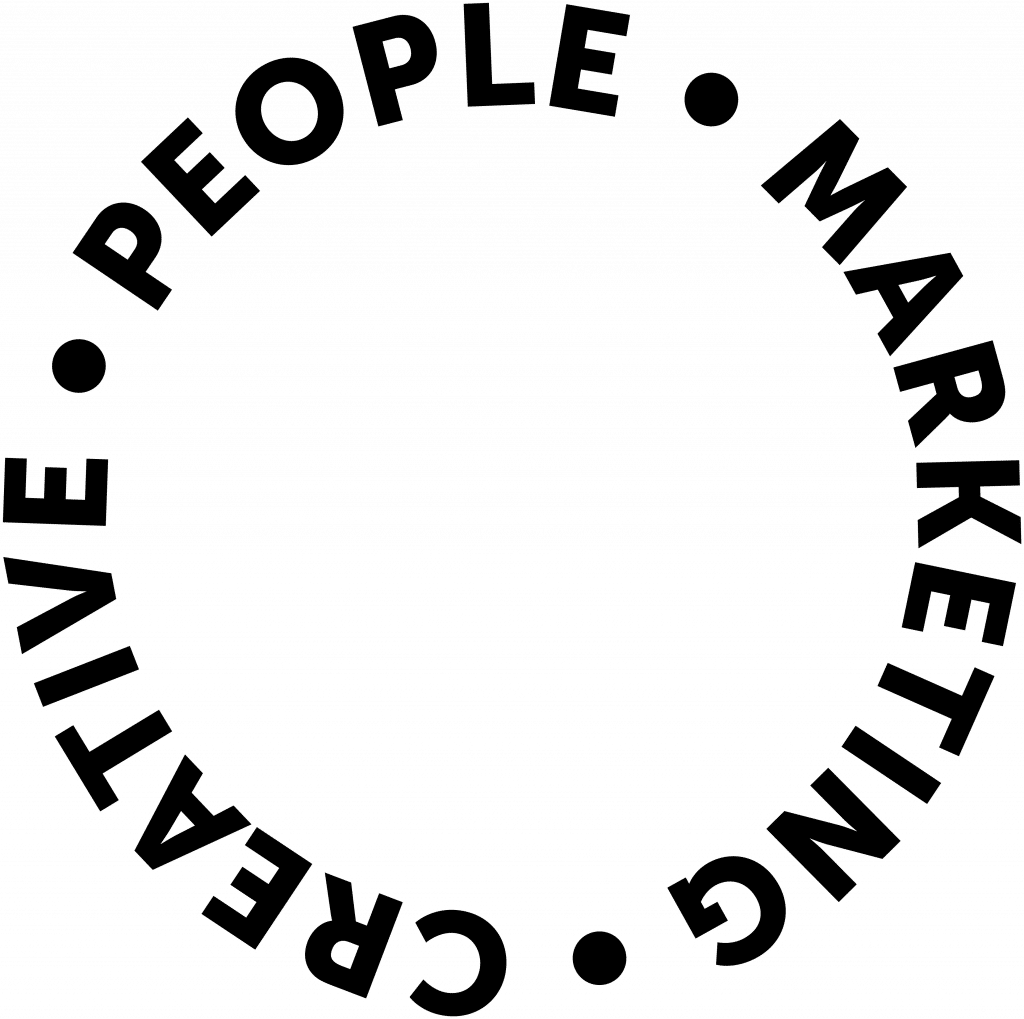Brands will often want to stand above the rest, but is it more than just colour and strong messaging?
Breaking each year into quarters, we have four distinct seasons in which brands will want to maximise their outputs; each brand is different, and their relevance across each season through rises and falls.
Take Aperol for example, they know their audience well and each year tie exceptional ad campaigns with memorable, and more importantly in this social media savvy time we live in, Instagrammable installs that leave their target audience fully immersed in their brand.
“91% of consumers say they’re more inclined to buy from a brand after participating in a brand activation or experience.”
In a post-Covid world, brands need to embrace experiential. After years of virtual brand awareness, saturation levels are high, and your audiences are switching off. Research conducted by EventTrack revealed an astonishing 91% of consumers say they’re more inclined to buy from a brand after participating in a brand activation or experience. This suggests, from an external viewpoint, that by immersing your target audience in your brand in real-world terms, perhaps through human-to-human engagement, or involving people deep within a brand experience, businesses can see a deeper brand loyalty and success in their campaign.
So why is it so important?
I mention Aperol because their Aperol Spritz pop-up has always stuck in my mind as a great showcase for brand activation, fully captivating their audience, leaving no details unthought-of (check that Aperol branded jet-ski) and consideration for how you translate that install/activation to organic social expose featuring throughout; who wouldn’t want to snap a photo on that infamous jet ski!
“Experiential marketing now ranks as one of the top five marketing strategies companies currently leverage.”
What’s important here is that it’s done in no half measures, there are not a few pull-up banners and a brand representative, it takes the ethos of ‘Go big, or go home’ and runs with it. Experiential, with the saturation, turned up to ten. This is important when, as a consumer, you want to be fully immersed in the brand. And internal research from the team at Hubspot revealed that experiential marketing now ranks as one of the top five marketing strategies companies currently leverage. This shows brands and agencies are tackling it head-on and used correctly and authentically, can build on or even form the basis of a campaign, driving brand awareness and increasing that lucrative brand perception and loyalty.
How can my brand be experiential?
Every brand can be experiential with the right audience, through the right activations. It’s important that research be undertaken prior to any large scale activation or else you run the risk of all sorts of difficulties. A few things in my immediate hit list would be…
- Location – What resonates well with your consumers, where are they based?
- Time – Day, night, season of the year. This all impacts on the ‘feel’
- Wow, okay? – This shock, question expression is a favourite of mine, and something you’ll want to consider with experiential marketing, you want people to be wholly invested and involved with your brand, but also to share, speak and find out more.
If you’re thinking of ways your business can take advantage of experiential marketing, we’re the people in the know, with 4 generations of marketing experience, there’s not a lot we don’t already know when it comes to working alongside you and your business to maximise your marketing potential.

